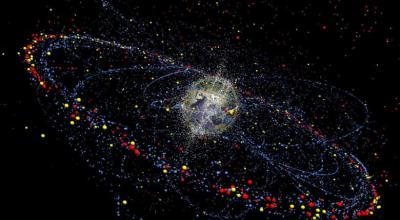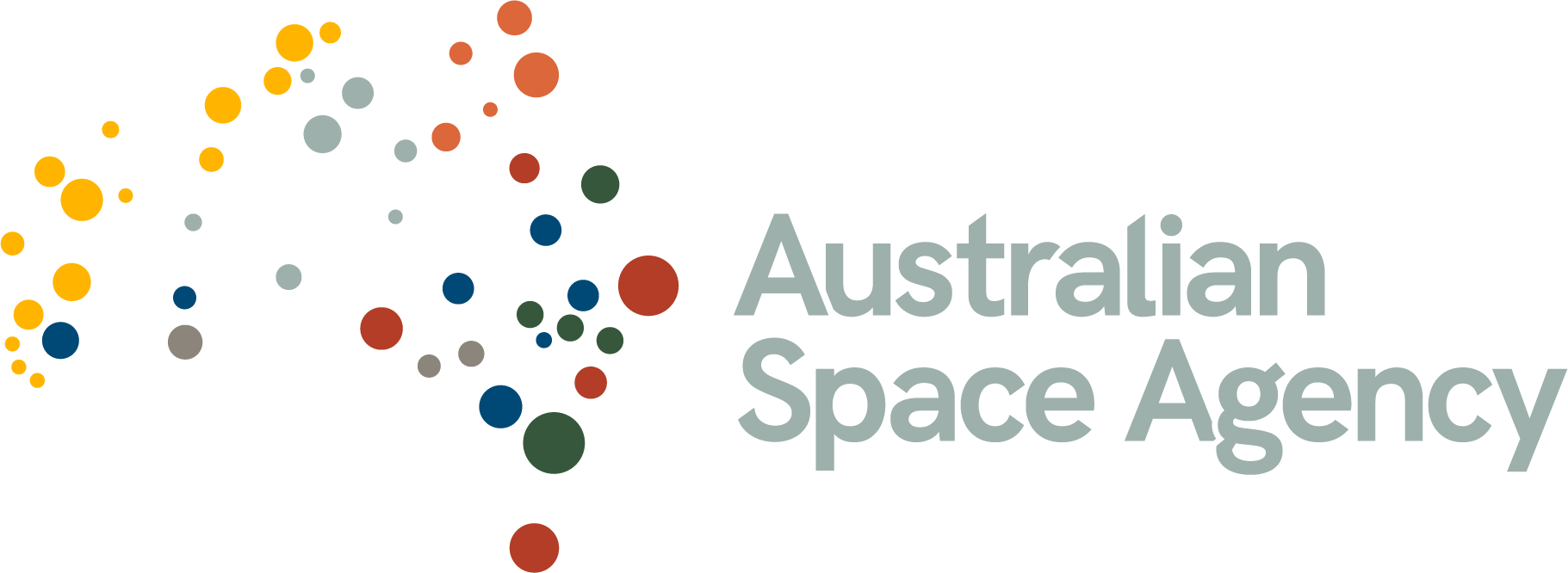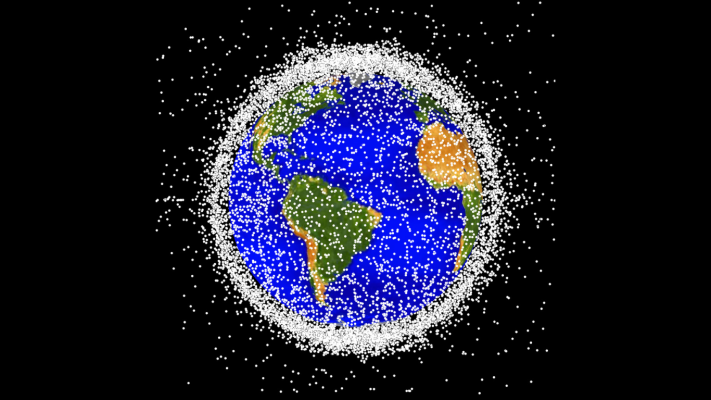The Australian Space Agency is seeking Expressions of Interest (EOI) to establish a new academic group dedicated to advancing national and international efforts in space debris management.
The proposed Australian Space Debris Research Community will foster collaboration across universities, research institutions, and industry stakeholders — reinforcing the Agency’s commitment to the safety and sustainability of the space environment.
Australian-based organisations are encouraged to participate by showcasing their expertise, infrastructure, and research activities related to space debris.
This initiative aligns with Australia’s role as an Associate Member of the Inter-Agency Space Debris Coordination Committee (IADC), a global body focused on coordinating efforts to address space debris challenges.
A national research community will strengthen Australia’s presence in global space sustainability initiatives.

EOI applications close on 12 December 2025
Submissions will assist the Agency map Australia’s current research landscape, identify strengths and gaps, and highlight emerging areas of relevance.
Upcoming information session
The Agency will host an engagement session this week at UNSW Canberra’s Australian Space Domain Awareness & Space Traffic Management Conference.
The conference, dedicated to the future of safe, secure, and sustainable space operations, will also feature a keynote address by Chris De Luis, General Manager of the Agency's Office of the Space Regulator.
The engagement session will introduce participants to IADC and highlight Australia’s growing contributions to global space sustainability.
The IADC operates within four working groups (WG):
- Measurements (WG1) – Techniques for tracking space debris.
- Environment and Database (WG2) – Modelling and data management.
- Protection (WG3) – Shielding technologies and testing.
- Mitigation (WG4) – Strategies to reduce debris creation and hazards.

Queries?
Get in touch with the Agency's Space Capability team.
Main image caption: Low Earth orbit is the region of space within 2,000 km of the Earth's surface. It is the most concentrated area for orbital debris.
Image credit: NASA Orbital Debris Program Office

